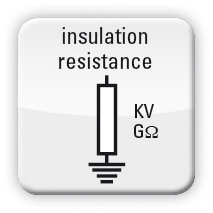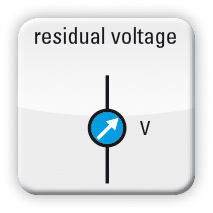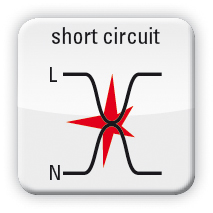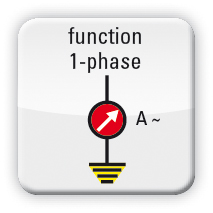GLP1 High Voltage Testers
GLP1-testers are quite compact testers for testing the electric safety and functioning of electric products according to various national and international regulations. Whether manually operated, automatically run, or integrated in a production line - the testers perform excellent work. AC tests 0-30 kV DC Tests 0-6 kV A large variety of GLP1 testers are available to suit your application and technical requirements
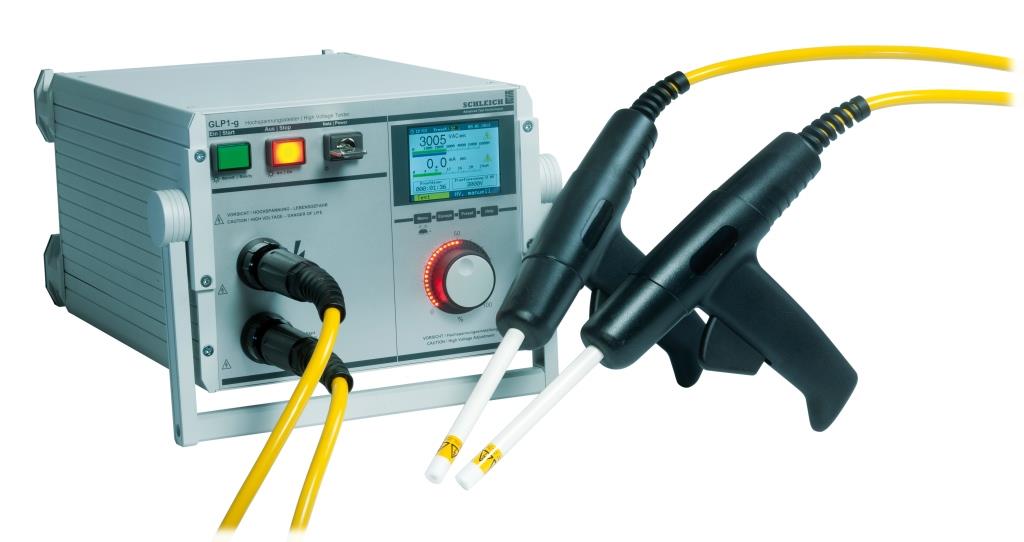
Typical tests carried out by the GLP1

|
High Voltage AC. The high-voltage test AC (alternating voltage) serves for testing the electric insulation and voltage proof of clearance and leakage paths at electric components, modules, machines, devices and systems according to various national and international regulations. |
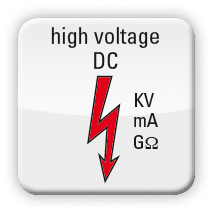
|
High Voltage DC. The high-voltage test DC (direct voltage) serves for testing the electric insulation and voltage proof of clearance and leakage paths at electric components, modules, machines, devices and systems according to various national and international regulations |
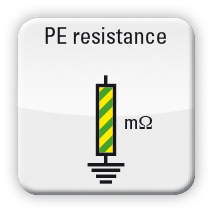
|
The PE test is performed with devices of protection class I. The PE resistance is checked to see if it is below a limit value defined in the standards. The test detects whether possible leakage currents inside the test object are grounded correctly. |
|
|
The insulation resistance test can be performed at devices of protection class I as well as protection class II. It checks, whether the ohmic insulation resistance exceeds the limit value stipulated in the standards. The test is to detect if too high leakage currents could occur in the test object. |
|
|
The residual-voltage test serves for detecting the residual voltage at various touchable connections of the test object according to standards. According to the standards the level of the residual voltage is measured after a certain time. Residual voltages occur, for example, inside the test object through charging. |
|
|
In principle the short circuit test is an ohmic resistance measurement. This test is usually performed automatically before an electric functional test in order to find out if there is a short circuit between the conductors. This test prevents voltage being switched to a test object which already has a major short circuit. Thus damage of the test object can be avoided. This test can be performed at 1- as well as at 3-phase test objects. |
|
|
In general, the functioning test serves for detecting the charging current of a test object. Considering a certain tolerance, this charging current is compared and automatically evaluated with a set value. Depending on the application it is also possible to measure and evaluate the power, the phasing, and other electrical parameters. |




